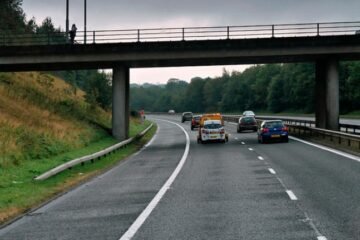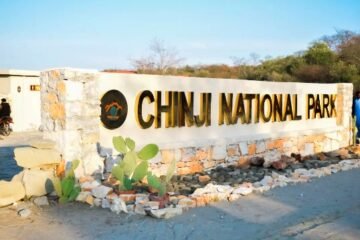A native tree planting project on the Western Isles has been a huge success, with crofters planting more than 171,000 trees in the last seven years. The project aims to restore native woodland to the islands and provide multiple benefits for the crofters and the environment.
How the project works
The Croft Woodlands Western Isles Project is a partnership between Point and Sandwick Trust, Woodland Trust Scotland, Scottish Forestry, and the Scottish Crofting Federation. The project works with crofters to plant native woodland on their crofts, which are small-scale farms that are common in the Scottish Highlands and Islands. The project offers advice, guidance, and grants to crofters who want to plant trees on their land.
Why native trees are important
Planting native trees such as rowan, alder and birch on crofts offers many benefits for the future. Some of these benefits include:

- Shelter: Trees can provide shelter for livestock, crops, and buildings from the harsh weather conditions on the islands.
- Wildlife habitat: Trees can create habitats for birds, insects, and other animals that are part of the island’s biodiversity.
- Soil improvement: Trees can help improve the soil quality by adding organic matter, preventing erosion, and increasing water retention.
- Landscape diversity: Trees can enhance the visual appeal and character of the island’s landscape, which is mostly dominated by peatlands and grasslands.
How the project challenges stereotypes
The success of the project disproves the notion that trees can’t grow in the Outer Hebrides. Woodland croft adviser Viv Halcrow said: “We’ve seen for ourselves that trees will grow on Lewis, Harris, Barra, Benbecula and the Uists very successfully when the right species are planted in the right place.”
The project also challenges the perception that crofting is an outdated and unsustainable way of life. Crofting is a traditional form of land tenure and management that has been practiced for centuries on the islands. Crofting is seen as a way of preserving the culture, identity, and heritage of the islanders. By planting trees on their crofts, crofters are showing that they are adapting to changing times and embracing new opportunities.
How the project showcases local initiatives
The project also showcases some of the local initiatives that are supporting tree planting on the islands. For example:
- Stark’s Ark: This is a tree nursery based in Leurbost that grows up to 50,000 native trees from seed each year. The nursery supplies trees to crofters and other projects on the islands.
- Hebridean Tree Ark: This is a conservation project based in Horshader that collects seed from remnant woodlands and produces trees of local provenance for croft planting. The project aims to protect and restore the genetic diversity of native trees on the islands.
- Point and Sandwick Trust: This is a community-owned charity that runs a wind farm on Lewis. The trust supports tree planting on crofts by providing funding, advice, and advocacy.
What’s next for the project
The 2023-24 planting season, which continues until April, is set to see the planting of many more locally grown trees by crofters. The project hopes to reach its target of planting 200,000 trees by 2024. The project also plans to expand its scope and impact by working with more partners and stakeholders.
The project’s ultimate goal is to bring Western Isles native woodland back from the brink. According to Scottish Forestry, only 2% of the land area on the islands is covered by woodland, compared to 19% for Scotland as a whole. The project believes that increasing woodland cover on the islands will have positive effects for both people and nature.


















